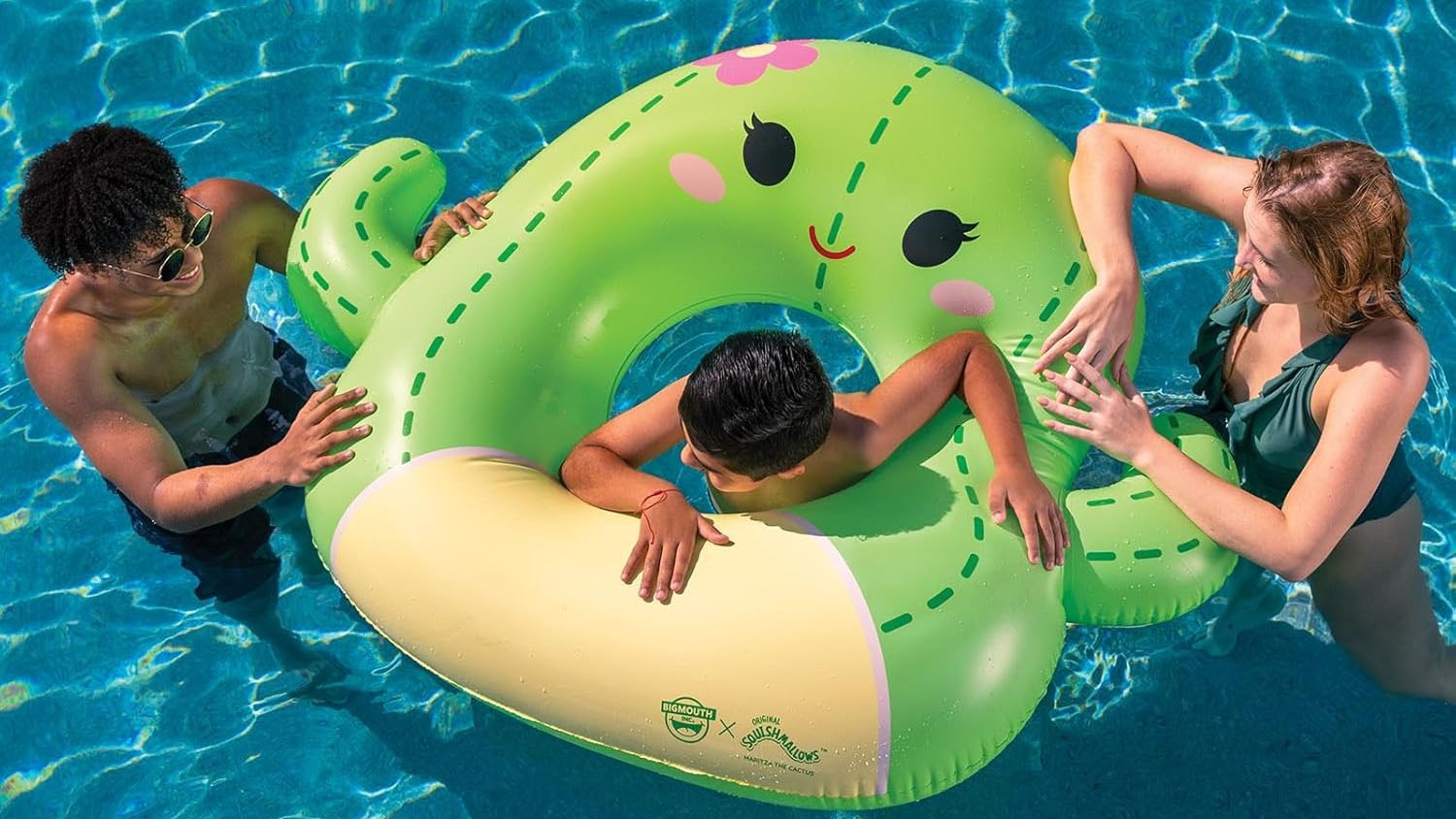INDIANAPOLIS – An Indianapolis father accused his wife of feeding their child bleach to help cure her autism, according to a recent police report.
The report says the mother was putting drops of hydrochloric acid and a “water purifying solution” made with chlorine – which combine to form bleach – in her child’s drink, according to WXIN. The man says his wife told him she read about the mixture online in a Facebook group. The mother reportedly identified the mixture as the “Miracle Mineral Solution.”
The Department of Child Services is currently investigating the case and has removed the child from the home, police said.
MMS claims to be a cure-all for anything ranging from cancer to hepatitis, and even aids. However, health officials, including the FDA, have warned the product could be deadly, and the so-called “purifying” element is sodium chlorite.
“Sodium chlorite is an industrial chemical used as a pesticide and for hydraulic fracking and wastewater treatment,” the FDA said after a Washington state man was found guilty in 2015 on multiple counts for selling MMS. “Sodium chlorite cannot be sold for human consumption and suppliers of the chemical include a warning sheet stating that it can cause potentially fatal side effects if swallowed.”
Officials at the Applied Behavioral Center for Autism say it’s common for parents to search for home remedies to cure autism.
“Taking things into their own hands is something that many parents have done out of desperation, out of hope,” president and founder Sherry Quinn said.
Behavioral Center Clinical Director Kelly Goudreau added that it’s natural for parents to want to find a cure for their child’s autism and it’s common for them to look towards “home remedies.” However, she adds that it’s important to remember that there is no “cure” for autism, and that any treatment that is administered should be one that is backed by research and scientific evidence.
“It’s a diagnosis that’s going to stay with them. The goal is how can we make them more independent, how can we make them the most successful they can be with that diagnosis,” she said.


















